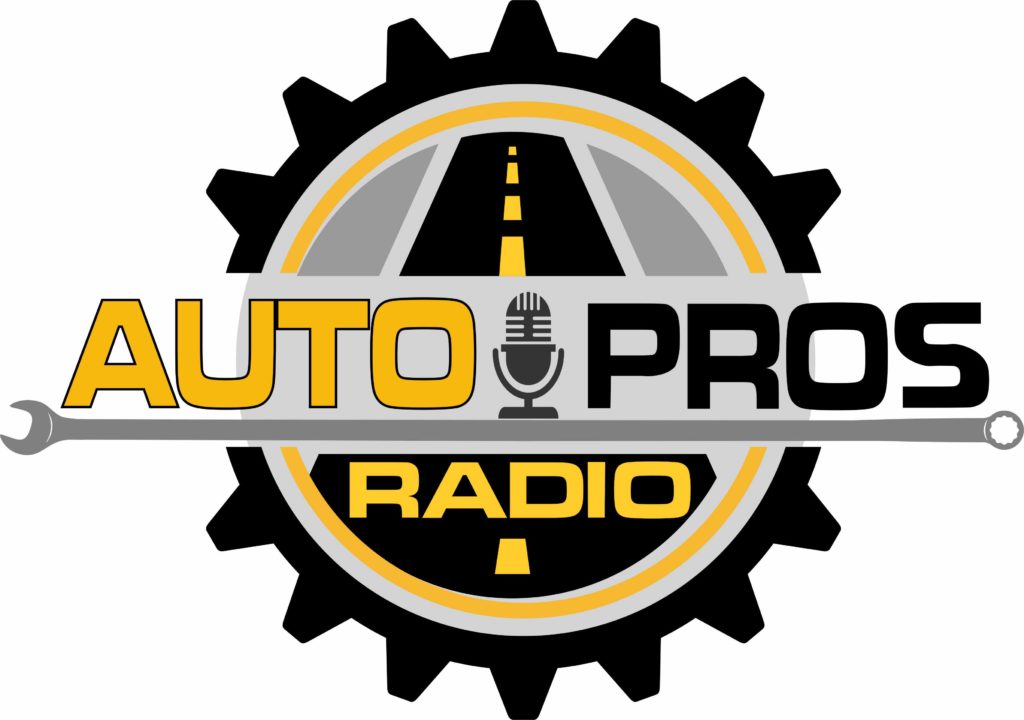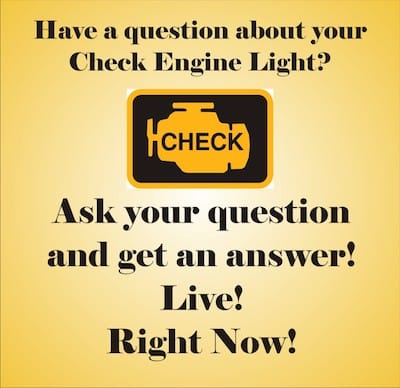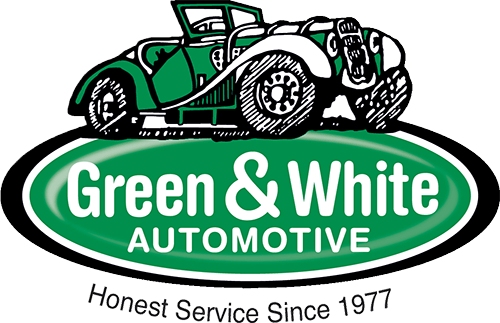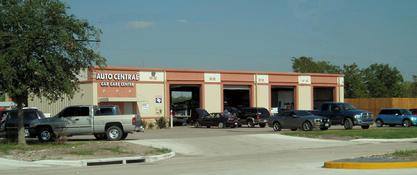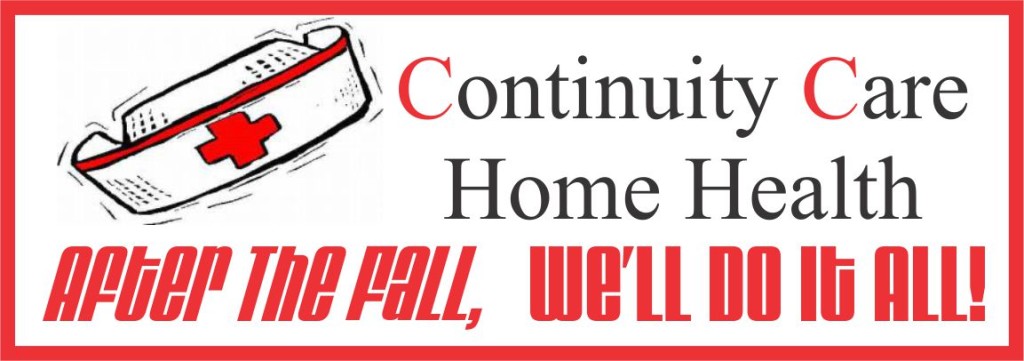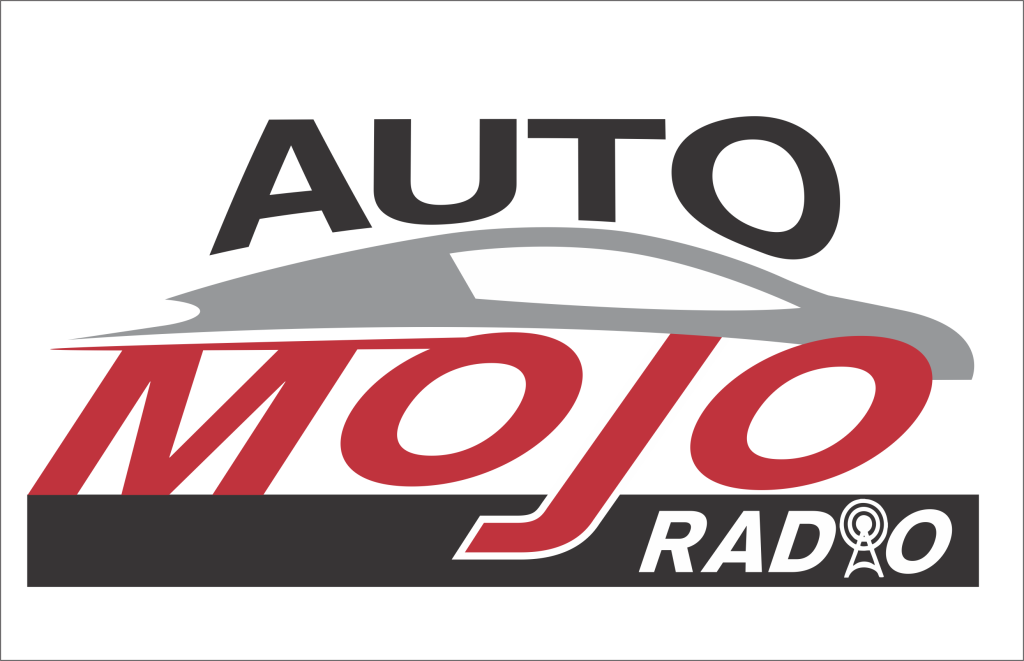Summer Road Trips – Wheel Alignments — Safety and Fuel Economy
As summer approaches it is time to consider embarking on the all American tradition of taking a family road trip. Sounds pretty easy . . . just load the kids in the back seat and go! Well that can be fun, but sometimes a little preparation will go along way to prolonging the initial thrill of taking off on your trip.
So, before you start pressing down on that accelerator lets talk about making sure your tires and wheel alignment measure up.
Anyone who has spent more than a couple minutes with me already knows how I feel about the importance of maintaining your vehicle. Well, one of the most overlooked items is your tires and the variety of parts that hold them on your car and keep them going straight down the road.
Tire air pressure and condition:
Gone are the days of full service gas stations and the smiling young men who checked your tire’s air pressure, but the need to keep the tires properly inflated is as important now as it ever was. This is a simple procedure and all you need is a quality tire gauge to do it yourself. Of course, we are always happy to do this for you at no charge.
Tires can wear in several different ways. They can show a cupping pattern or increased wear on the inner edges, center or outer edges. Sometimes tires just fail internally when bands separate or sidewalls develop bubbles. It can be difficult to spot issues when your car is sitting in your driveway. Defects can be hidden depending on which part of your tire is facing down on the concrete. It is also really hard to see the inside wall of your tires as many cars sit very low to the ground. It is a lot easier when we get your car up in the air on a lift. By the way, we are always happy to take you out in the shop so you can see underneath your car.
Many times an uneven wear pattern is an indication of a component failure. Other times it is simply an inflation or rotation issue. Once again, a simple inspection is a great place to start.
In short, we see tires lasting longer and longer these days, but to get the optimum life from your tires it requires some simple maintenance, primarily inflation and rotation.
Wheel alignment:
Camber, caster and toe are all words that sound foreign to most of us. A wheel alignment is a complex combination of suspension angles that are measured and adjusted. To a skilled automotive technician they are the magic measurements used to make certain that your wheels point in the right direction. When wheels are mis-aligned they can cause a variety of problems ranging from pulling to dragging. This causes your car to drive poorly and can also cause significant tire wear.
Your vehicle becomes out of alignment when the suspension and steering systems are not set at their desired angles. As your suspension ages components such as springs sag and ball joints, bushings and other items start to wear. Much of this is simply caused by age and use, but can also occur after an impact with a curb or pothole or a modification in the vehicle’s ride height.
Steering and suspension components:
From ball joints to tie rod ends there are a myriad of components that work to keep you safe. As your suspension ages components such as springs sag and ball joints, bushings and other items start to wear. Much of this is simply caused by age and use, but can also occur after an impact with a curb or pothole – especially on Houston roads.
Fuel Savings
That is right, I said Fuel Savings! With it taking more and more green from your wallet to fill up the gas tank every little bit helps. A common alignment problem causes your vehicle’s wheels to drag as you head down the road. Obviously, they still turn, but if they are not pointed the right direction there is enough drag to make your vehicle less efficient.
A quick and complimentary inspection on a regular basis can give you peace of mind whether you are driving everyday to soccer practice or heading out across the country.
Lynn Beckwith – That Car Lady



